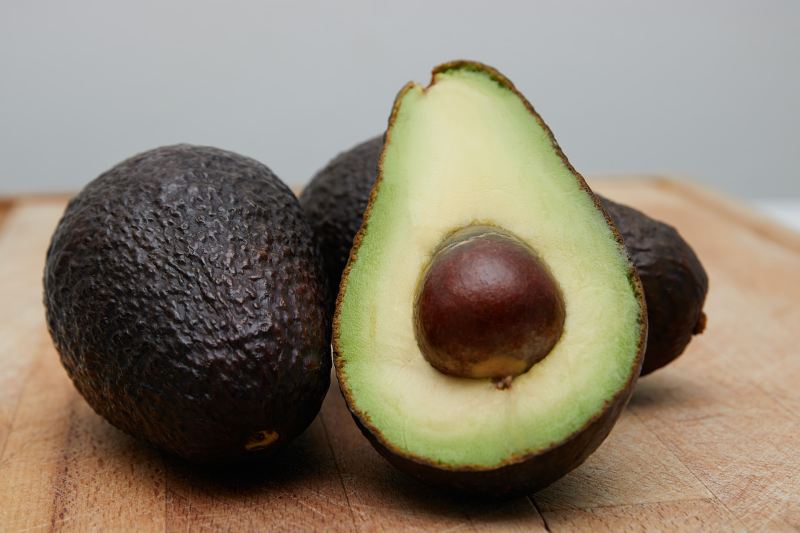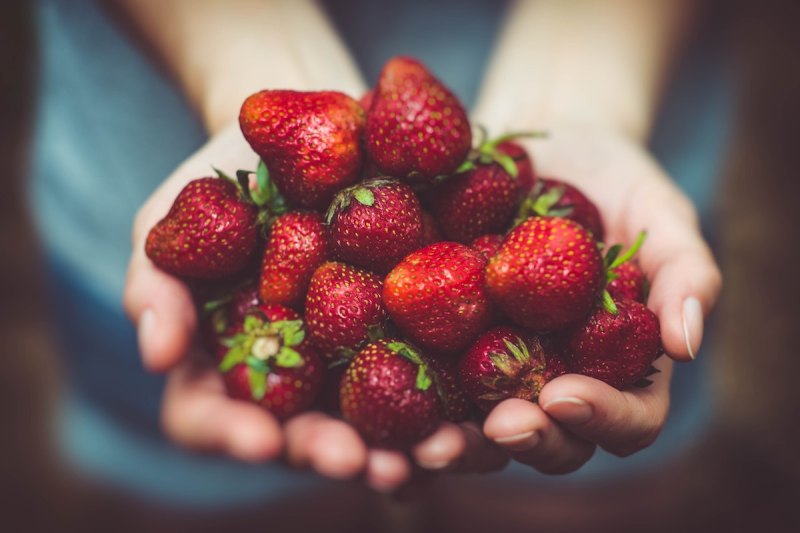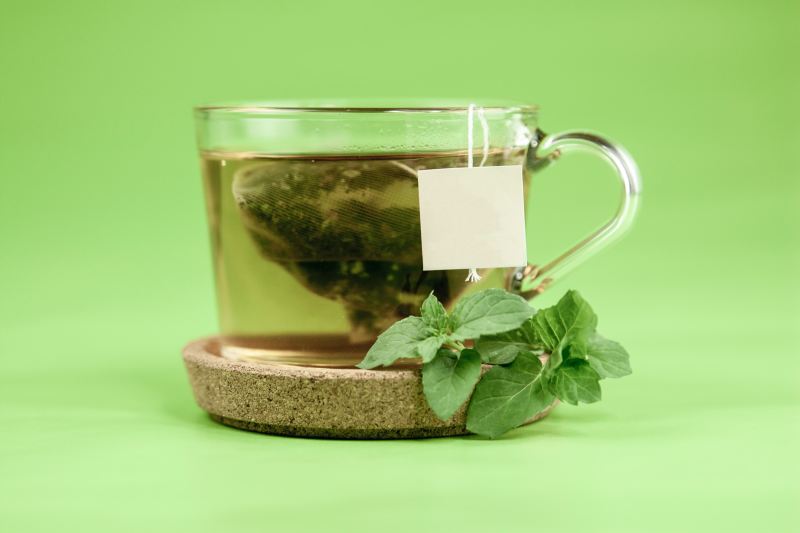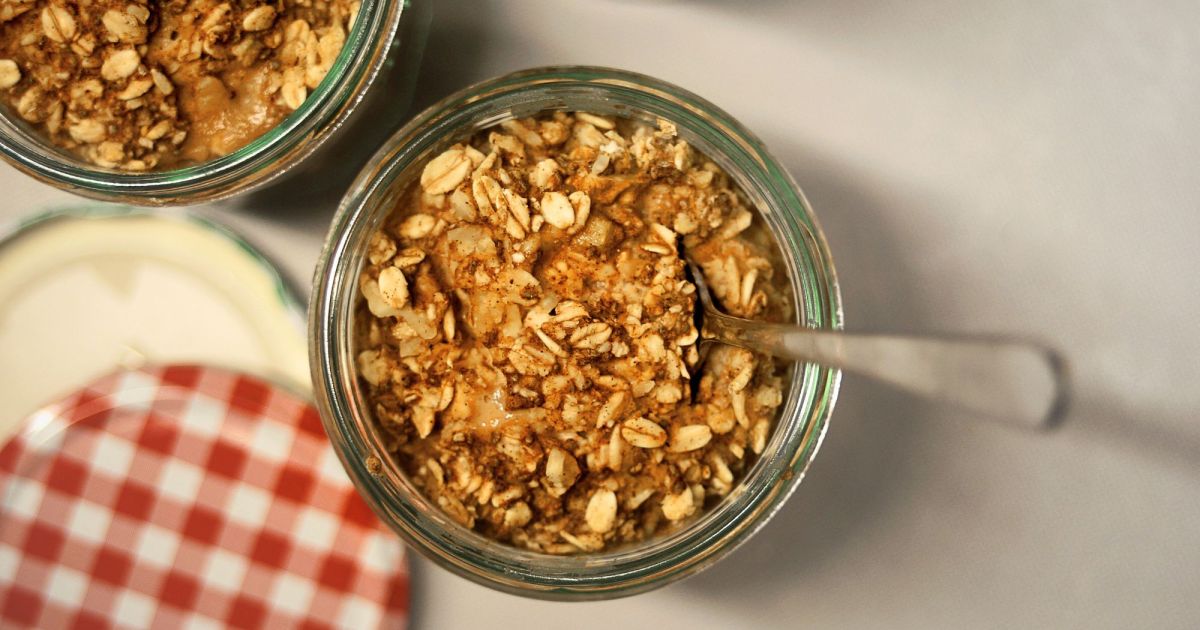Looking after your heart starts with what you put on your plate. As a nutritionist, I share with my clients that while high cholesterol might not show obvious symptoms, it can clog your arteries over time, raising your risk of heart disease and stroke. The good news? There are plenty of delicious everyday foods that naturally support healthy cholesterol levels and boost your overall well-being.
To help you achieve better heart health and a longer, more energetic life, we have researched nine foods low in cholesterol that you can incorporate into your daily meals. Let’s get into it!
9 foods low in cholesterol to add to your diet

- Oats: This breakfast staple is rich in soluble fiber, particularly beta-glucan, and helps reduce LDL (“bad”) cholesterol levels by preventing its absorption into the bloodstream.
- Avocado: Avocados are creamy and versatile; they are packed with monounsaturated fats that can help lower LDL cholesterol while maintaining HDL (“good”) cholesterol. They are also a good source of fiber and further support heart health.
- Beans and legumes: Examples of beans and legumes include lentils, chickpeas, and black beans, which are high in soluble fiber and plant-based protein. Regular consumption can help lower cholesterol levels.
- Berries: Berries like strawberries, blueberries, and raspberries are rich in antioxidants and soluble fiber. Their polyphenols can help reduce LDL oxidation, a key factor in preventing the buildup of plaque in arteries.
- Leafy greens: Spinach and kale, along with cruciferous vegetables like broccoli, are nutrient-dense and cholesterol-free.
- Olive oil: Olive oil is rich in monounsaturated fats and antioxidants. Using it in place of saturated fats can improve cholesterol levels.
- Nuts: Almonds, walnuts, and other nuts are rich in unsaturated fats and fiber. A small handful daily can help improve cholesterol levels.
- Fatty fish: Salmon, mackerel, and sardines are excellent sources of omega-3 fatty acids, which can lower triglycerides and support cardiovascular health.
- Soy: Eating soybeans and foods made from them, like tofu, tempeh, and soy milk, can help lower LDL cholesterol levels.
How do you know if a food is low in cholesterol?

A food is considered “low in cholesterol” if it contains 20 milligrams or less of cholesterol per serving and no more than 2 grams of saturated fat per serving. This classification helps consumers identify foods that are less likely to contribute to elevated blood cholesterol levels, which are associated with an increased risk of heart disease.
You should always check the Nutrition Facts label for the cholesterol content per serving and consider the serving size to ensure accurate assessment.
It’s important to note that cholesterol is found only in animal-derived products; therefore, plant-based foods like fruits, vegetables, whole grains, and legumes are naturally cholesterol-free.
Here’s what a 2024 Harvard Health Publishing publication says about eating plant-based foods to avoid high cholesterol: “A largely vegetarian ‘dietary portfolio of cholesterol-lowering foods’ substantially lowers LDL, triglycerides, and blood pressure. The key dietary components are plenty of fruits and vegetables, whole grains instead of highly refined ones, and protein mostly from plants.” Hence, it’s a good idea to increase your vegetable, fruit, and whole-grain intake if you’re trying to lower cholesterol.
Why are high-cholesterol foods bad for you?

High-cholesterol foods, especially those foods with saturated fats like meat or butter and trans fats, can significantly raise your blood levels of low-density lipoprotein (LDL) cholesterol, as noted by the U.S. Food and Drug Administration. This is commonly known as the “bad” cholesterol, and for good reason.
When LDL cholesterol builds up in your bloodstream, it starts to cling to the walls of your arteries, forming sticky deposits known as plaque. Over time, this plaque narrows the arteries, reducing blood flow and making it harder for your heart to pump effectively.
With less space for blood to flow, your heart and brain may not get the oxygen and nutrients they need. This can lead to a heart attack if the blood supply to your heart is blocked or a stroke if the blockage affects your brain.
What are the benefits of low-cholesterol foods?

Alamy
Better heart health
Low-cholesterol foods help protect your arteries, lower blood pressure, and reduce the risk of heart disease and stroke.
Helps weight management
Fruits, veggies, and whole grains are not only low in cholesterol but also low in calories and high in fiber, making them great for helping you feel full without overeating.
Less inflammation
Many low-cholesterol foods are packed with antioxidants and healthy fats, which help your body fight off inflammation and chronic illnesses over time.
Other tips for lowering your cholesterol levels

Eating smart is a big part of the picture, but combining it with a few other healthy habits can really make a difference:
- Move more: Just 30 minutes of moderate exercise a day — like brisk walking, cycling, or even dancing — can raise your HDL (“good”) cholesterol and lower LDL.
- Choose healthier cooking oils: Avoid trans fats, often found in margarine, fried foods, and packaged snacks, and reduce your intake of saturated fats. Instead, opt for heart-healthy oils like olive oil or avocado oil. These options support cholesterol balance and taste great, too.
- Eat more fiber: Fiber helps to flush excess cholesterol out of your system. Focus on soluble fiber, the type found in oats, beans, lentils, apples, barley, and citrus fruits. It binds to cholesterol in your digestive tract and helps remove it before it can reach your bloodstream.
- If you smoke, quit: If you smoke, quitting is one of the best things you can do for your heart. Smoking lowers your HDL and damages your blood vessels, making cholesterol problems worse. The good news? Within a year, your risk of heart disease can be cut in half.
Frequently asked questions

What is the best food to avoid with high cholesterol?
Fried foods and those containing trans fats are at the top of the list. Items like packaged pastries, certain baked goods, and some processed meats are often high in trans fats, which can raise LDL (“bad”) cholesterol levels and lower HDL (“good”) cholesterol.
What flushes cholesterol out of your body?
Soluble fiber plays an important role in managing cholesterol levels. This type of dietary fiber dissolves in water to form a gel-like substance in the digestive tract. This gel then binds to cholesterol particles, particularly low-density lipoprotein (LDL) cholesterol and bile acids, in the small intestine. By attaching to these substances, soluble fiber prevents them from being absorbed into the bloodstream, which leads to their excretion from the body through the feces.
Which drink can reduce cholesterol?
Green tea is helpful. It contains catechins, antioxidants that have been shown to lower LDL cholesterol levels. Regular consumption of green tea can support your heart health.
